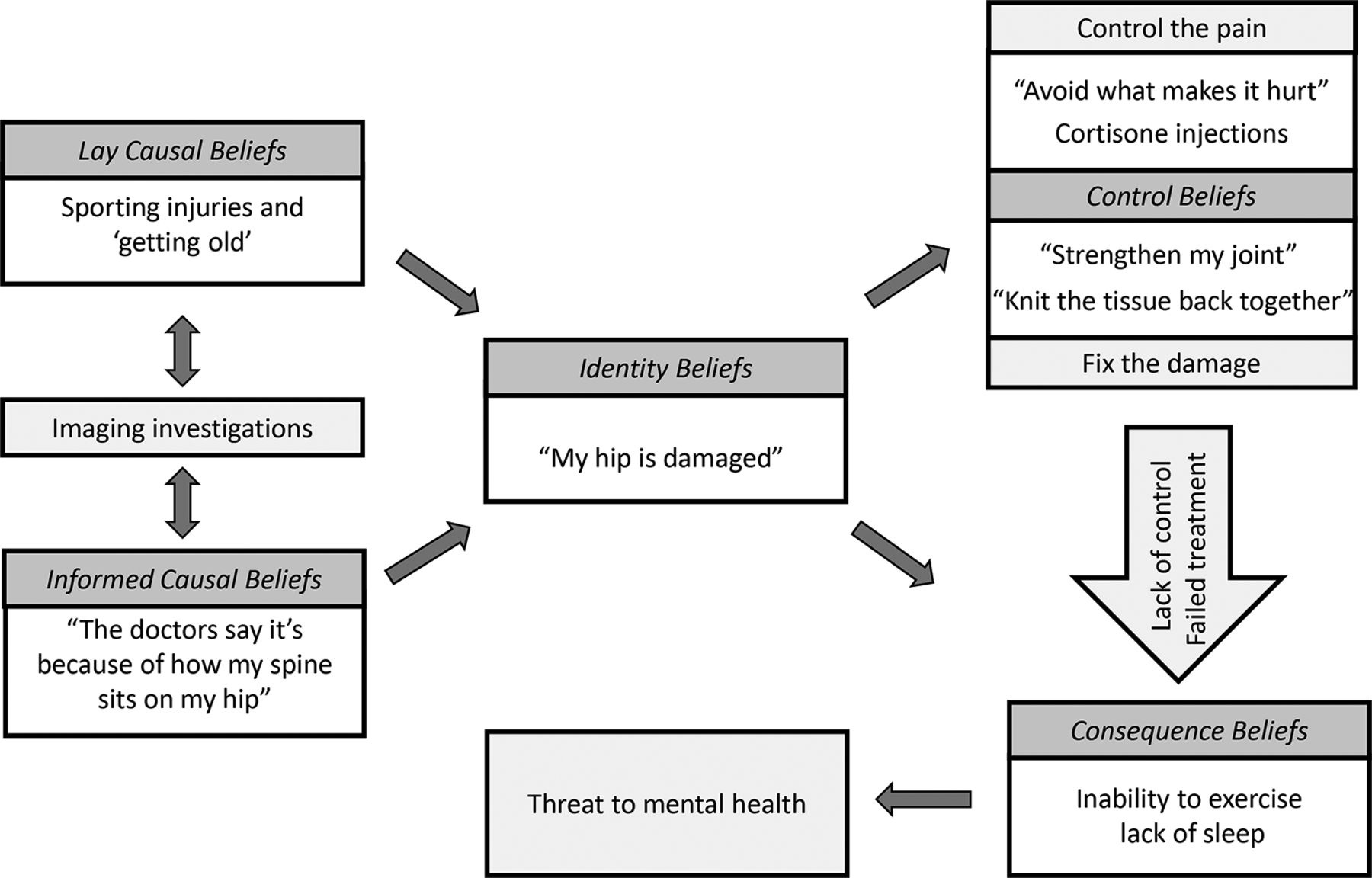How can we most effectively communicate with our athletes to improve their immediate performance and promote long term retention?
The language we use dominates how we interact and communicate with each other. The language we use with athletes in order to get optimum performance has been a topic of high interest in recent years. We were very fortunate to welcome Nick Winkelman to this week’s BJSM podcast. He is Head of Athletic Performance & Science for the Irish Rugby Football Union and has extensive knowledge in the use of communication to enhance performance. Nick provides top tips on how you can consciously adapt the language you use when communicating with your athletes/patients in order to get the best out of their performance and promote long term memory retention.
How much you say and the words you use
In the podcast Nick highlights the following 2 key areas that most directly impact the effectiveness of the language of coaching:
1) How much you say
The focus should be on using the least amount of words possible to convey your point. Attention and working memory have a limited capacity and we want to give athletes the least amount of words possible to process.
2) What you say
External cues should be used rather than internal cues. External cues means that the comment you give the athlete asks them to focus on how they are affecting and interacting with the environment around them. Whereas internal cues ask the athlete to focus on their body parts and how they are moving. See Table 1 for examples of internal and external cues.
| Internal Cues | External Cues |
| Extend your knee. | Drive your knee forward as if to break through a sheet of glass. |
| Switch on your glutes. | Explode off the line like a jet taking off. |
| Keep your hands level. | Keep the bar level. |
External cues should incorporate short phrases that put a picture in the athlete’s mind that help them to understand the outcome they are trying to achieve. The more visual the language is, the easier it is to process and remember. We know that healthcare professionals have a bias towards internal cues, despite overwhelming evidence that external cues promote better immediate performance and long-term learning.
A final key point to remember is that the language used must be language that is familiar to the athlete. This requires having a good understanding of the athlete and being familiar with what language they would most benefit from.
What is the importance to the medical community?
The importance of optimising the language of coaching to the medical community is that by using feedback that optimise techniques and biomechanics, this in turn is linked to reduced injury and re-injury rates in athletes.
In this context, communication could potentially affect performance. But don’t forget, the language we use can also affect patient outcomes and behaviours too. We know from this qualitative investigation of people seeking care for persistent hip pain, that the language we use can impact outcomes https://bjsm.bmj.com/content/54/14/858

Take home messages:
- Say the most with the least amount of words.
- Use external cues rather than internal cues.
- Use language that the athlete is familiar with.
Where else
Blog by Katie Marino, Junior Doctor in Nottingham, British Association of Sport and Exercise Medicine Executive Board Member
No competing interests declared.
Other BJSM resources on coaching & communication to check out:
- Can you hear me coach? A communication model for field sport games. Link: https://blogs.bmj.com/bjsm/2020/05/14/can-you-hear-me-coach-a-medical-communication-model-for-field-sport-games/